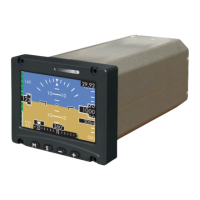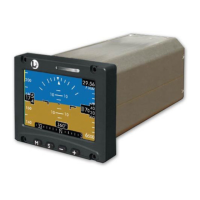How to align attitude or heading on L3 comminications Touch Panel if it does not match primary flight display?
- NNicholas RossAug 1, 2025
When the aircraft returns to normal flight (straight and level) press the Menu M button twice and press the Select S button to align the indicator. If this does not resolve the issue, the ESI-2000 may be defective and should be checked by a certified service center.


